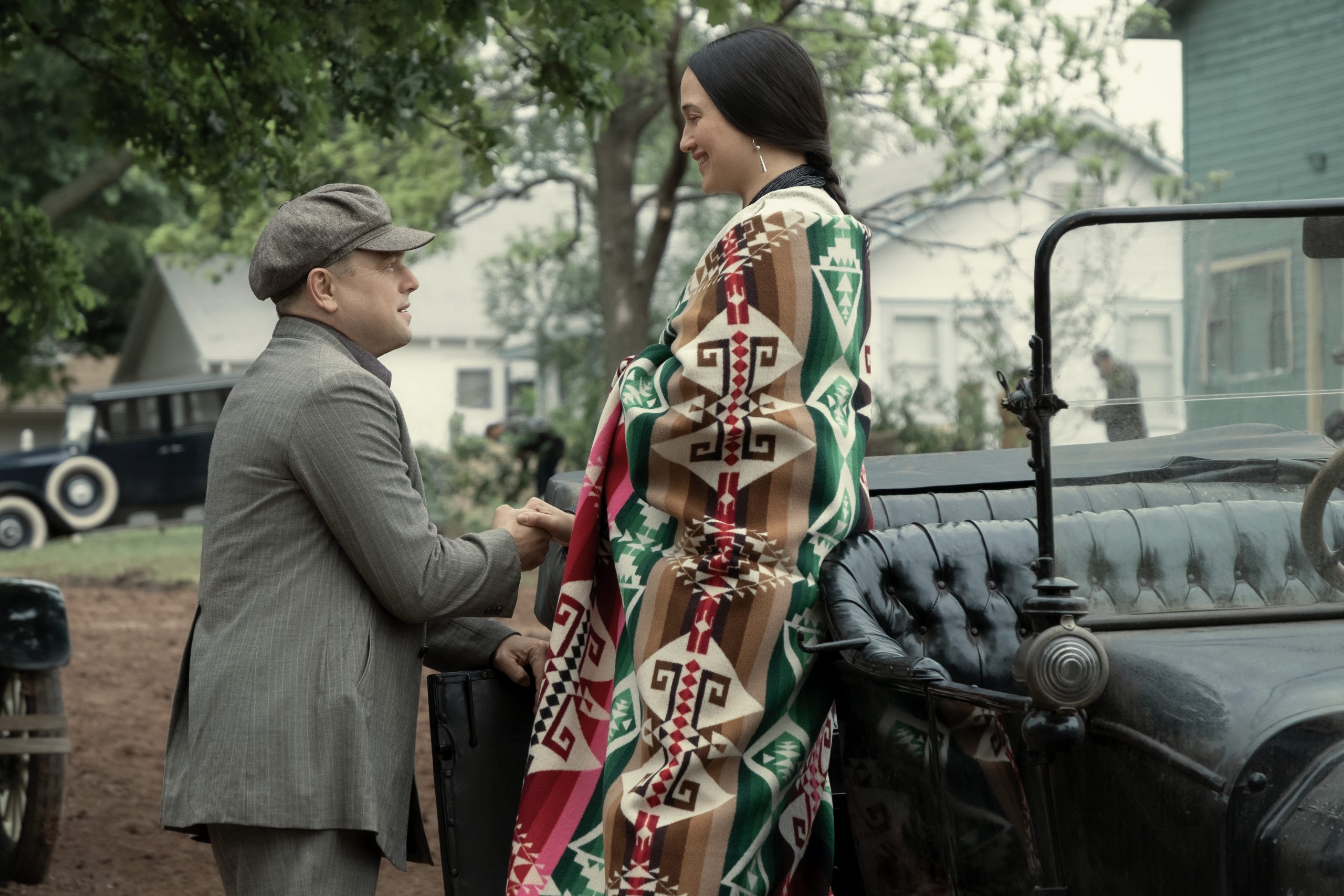
Sometimes a coincidence is too good to ignore, and this weekend we’ve got two new movies, alike in style and substance, ripe for a good old-fashioned double feature.
First up, Limbo from Scottish writer/director Ben Sharrock.
Set on an unnamed Scottish isle, Limbo centers on four resettled refugees in waiting: for asylum, for work, for opportunity and for heavier coats. The wind blows constantly here, and there’s little to do beyond watching Friends DVDs or taking the social integration class run by a Scottish couple trying to help their new neighbors navigate employment and romantic cues. They’re well-meaning but misguided. It’s funny, but it’s also uncomfortable.
Limbo is loaded with those types of couplings. Omar (Amir El-Masry) is accepting of his plight but resigned. Housemate Farhad (Vikash Bhai) is also accepting but excited. The locals are welcoming and dismissive — often in the same breath. One resident insinuates that Omar is a terrorist but then offers him a ride to town.
Sharrock and cinematographer Nick Cooke present Limbo as a series of mostly static shots framed in boxy Academy aspect ratio: an aesthetic that’s become vogue with art-house comedy and art-house horror movies. Limbo is a bit of both, with Omar endlessly wandering between the winds, his grandfather’s oud — a wooden stringed instrument related to the lute — in tow. Back in Syria, Omar was a gifted musician. Here, he doesn’t even play. But he brings the oud wherever he goes. It’s like a piece of cultural baggage everyone encourages Omar to embrace.
There’s also plenty of cultural baggage in Roy Andersson’s About Endlessness, the latest from the Swedish filmmaker, not to mention stasis. Andersson is the king of static shot tableau filmmaking, and About Endlessness comprises 32 immobile shots, most of them non sequiturs of varying length, each one narrated by a nameless woman who opens her statements with “I saw.” Sometimes the narration arrives at the beginning of the scene, contextualizing it for us; other times, the narration comes in the middle or end as punctuation or subversion.

And there’s a lot of subversion to About Endlessness. In one scene, a young father is trying to get his infant to smile for a photo. He lifts the baby in the air with a slight toss and the kid giggles. It’s a sweet moment, but Andersson and cinematographer Gergely Pálos frame the shot so that your eye can’t help but notice all the hard, concrete angles surrounding the father and child. They’re just steps leading to a church, but they look so menacing you hold your breath and wait for something to go wrong. Nothing does, though, and when something truly terrible does happen — that’s another scene entirely — Andersson cuts away before we can gather any real context or deduce what transpired. It’s as if he cannot bear to watch.
These shots are perfectly composed and framed, like paintings hanging on a wall, but with movement. Dioramas might be a better descriptor. And like strolling through a museum, you spend more time looking at the banal ones trying to find something that may or may not be there, and less with the direct ones. The mind can absorb only so much misery.
Both Limbo and About Endlessness are funny, in an off-kilter, deadpan sort of way. Limbo is the more lighthearted of the two, so grab a friend and start your double feature with that one. That way, you can wrap up with About Endlessness, and have plenty to discuss.



